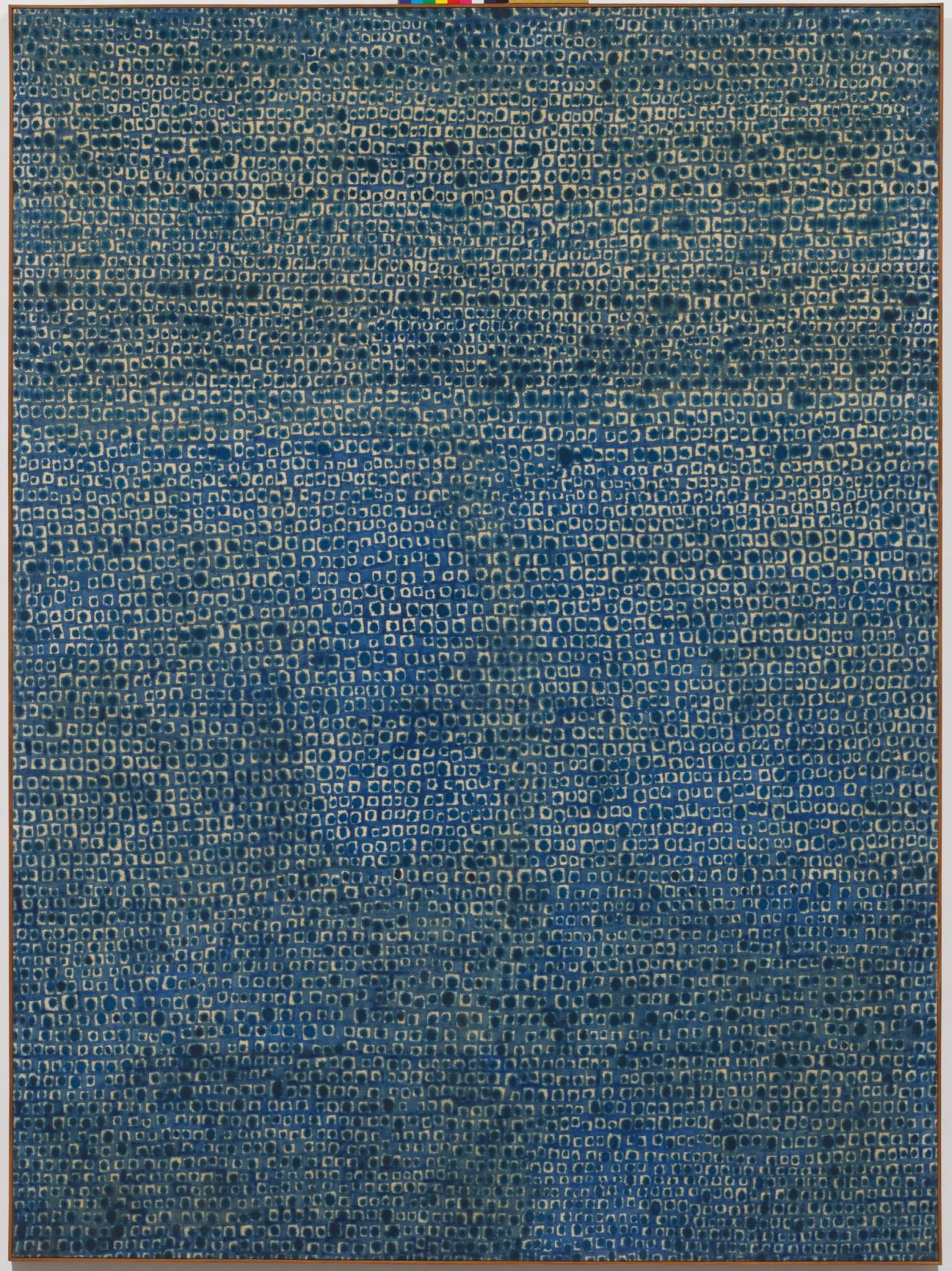
Contemporary Art Exhibit, Brochure, 1957, MMCA Art Research Center Collection
Contemporary Art Exhibit
* Source: Multilingual Glossary of Korean Art. Korea Arts Management Service
Related
-

Abstract art
A term which can be used to describe any non-figurative painting or sculpture. Abstract art is also called non-representational art or non-objective art, and throughout the 20th century has constituted an important current in the development of Modernist art. In Korea, Abstract art was first introduced by Kim Whanki and Yoo Youngkuk, students in Japan who had participated in the Free Artists Association and the Avant-Garde Group Exhibition during the late 1930s. These artists, however, had little influence in Korea, and abstract art flourished only after the Korean War. In the 1950s so called “Cubist images,” which separated the object into numerous overlapping shapes, were often described as Abstractionist, but only with the emergence of Informel painting in the late 1950s could the term “abstract” be strictly used to describe the creation of works that did not reference any exterior subject matter. The abstract movements of geometric abstractionism and dansaekhwa dominated the art establishment in Korea in the late-1970s. By the 1980s, however, with the rising interest in the politically focused figurative art of Minjung, abstraction was often criticized as aestheticist, elitist, and Western-centric.
-

Kim Byungki
Kim Byungki (1916-2022) was one of the first-generation Korean abstract artists. He was born in Pyongyang as the second son of Kim Chanyoung, who graduated from the Tokyo School of Fine Arts. He associated with Kim Whanki at the Avant-garde Western Art Institute in Tokyo in 1933, and in 1939 he studied at the Art Department of Bunka School in Tokyo together with Lee Jungseop and Mun Haksu. After his return to Korea, he served as a secretary of the Korean Art Alliance (Joseon misul dongmaeng) in Pyongyang and then moved to Seoul in 1948. Kim Byungki established the 1950 Art Association (Osimnyeon misul hyeophoe) under the Korean Culture Research Institute in 1949 and, as its secretary-general, tried to unite established artists, but due to the outbreak of the Korean War, it never held exhibitions. During the war, he worked as a deputy director of the military painter group. In 1954, he participated in the Special Exhibition on Modern Korean Painting at the National Museum. After reading an article in The Times related to Pablo Picasso’s painting Massacre in Korea (1951), Kim published “Farewell to Picasso” in the first issue of Munhak yesul (Literature and Art) in 1954. He also devoted himself to art practice, art education, and art theory by teaching at Seoul National University, Seoul Arts High School, and the Institute of Contemporary Art and participating in the first Contemporary Art Exhibit hosted by the Chosun Ilbo newspaper company. He was commissioner of the Paris Biennale in 1961. In 1965, as the board president of Korean Fine Arts Association, he worked as commissioner and judge of the São Paulo Biennale. At the time, he moved to the U.S. and settled in Saratoga, New York, where he absorbed himself in creating artworks for twenty years until he returned home. In 1986, he held a solo exhibition at the Gana Gallery in Seoul. In 1989 he returned to the U.S. and Kim returned to South Korea permanently in 2014 for the MMCA’s exhibition Kim Byungki: The Distribution of Sensible. In 2022, he passed away at the age of 106. Among his notable works are Street Trees (1947), Still Life by Window (1954), Mountain (1967), Forest and Still Life (1987), and Winter Scene (2000).







